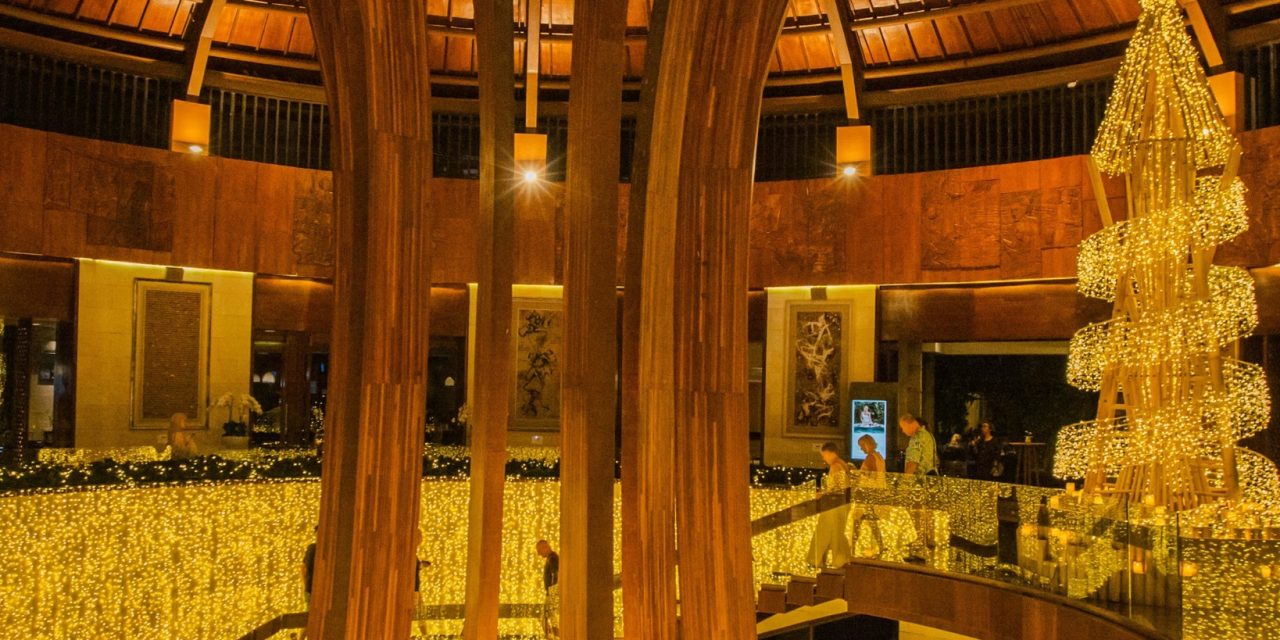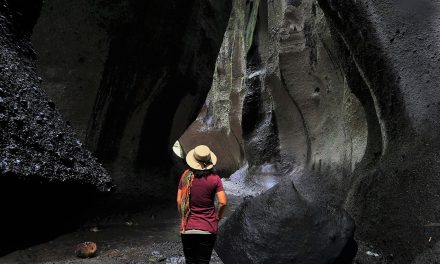Ubud, nestled in the heart of Bali, is often seen as the cultural capital of the island. But beyond the lush rice paddies and vibrant markets, Ubud boasts a rich history worth exploring. Whether you’re a seasoned traveler or planning your first trip, I invite you to join me on a journey through the best historical sites to visit in Ubud. Along the way, I’ll share some personal anecdotes and practical tips that will make your experience even more enjoyable.
1. Ubud Palace (Puri Saren Agung)
When I first stumbled upon the Ubud Palace, it felt like stepping into a time machine. The intricate carvings, the serene gardens, and the majestic entrance set the stage for a captivating historical experience. Once the residence of the royal family, today it serves as a cultural hub, complete with regular traditional dance performances.
Tip: Arrive early in the evening to secure front-row seats for the Kecak Dance. Trust me, watching the performers in their elaborate costumes as the sun sets behind them is nothing short of magical.
2. Saraswati Temple (Pura Taman Saraswati)
Just a short stroll from the palace, the Saraswati Temple is a hidden gem. As I wandered through the lotus pond, I couldn’t help but admire the ornate architecture and tranquil surroundings. The temple is dedicated to the goddess of wisdom, music, and arts, and it feels like a sacred space where time slows down.
Practical Advice: Bring your camera! The lotus flowers and the temple backdrop make for stunning photographs. Try visiting in the early morning when the light is perfect and the entire area is less crowded.
3. Goa Gajah (Elephant Cave)
A visit to Goa Gajah is like stepping back into the 9th century. This archaeological site, also known as the Elephant Cave, is known for its mysterious rock-hewn caves and intricate carvings. I remember exploring the site and feeling a deep connection to the past. The atmosphere is serene, with lush greenery surrounding the area.
Relatable Scenario: While I was there, I connected with a fellow traveler who shared his experiences about the carvings. It’s a great spot to meet other history lovers and exchange stories!
Tip: Don’t forget to check out the bathing pool, where women once came to cleanse themselves. It adds another layer of historical significance to the site.
4. Tegallalang Rice Terraces
While not a conventional historical site, the Tegallalang Rice Terraces tell a story of innovation and agricultural history. Walking through the terraces, I was struck by the intricate irrigation system (known as Subak) that has been used for centuries. This is more than just a pretty view; it’s a testament to the enduring agricultural practices of the Balinese people.
Advice for Visitors: Take your time to enjoy a walk through the terraces. You might find small cafes along the pathways, offering a perfect spot to sip a coconut water while absorbing the landscape.
5. Pura Gunung Lebah
Tucked away at the confluence of two rivers, Pura Gunung Lebah is another historical treasure in Ubud. This temple is believed to date back to the 8th century and is known for its beautiful setting and spiritual significance. My visit coincided with a local ceremony, and witnessing the offerings and rituals instilled a sense of community and connection to the Balinese culture.
Tip: Be respectful; if there’s a ceremony happening, it’s best to observe quietly from the sidelines. And wear a sarong, as a sign of respect when visiting temples!
6. Blanco Renaissance Museum
For a unique mix of history and art, a visit to the Blanco Renaissance Museum is a must. The museum is dedicated to the works of Don Antonio Blanco, a Spanish artist who fell in love with Bali. His vibrant paintings and the museum itself, set on a stunning hillside, tell the story of his life and his artistic journey.
Personal Insight: As I browsed through the artworks, I felt a deep appreciation for how Ubud has inspired countless artists. It’s not just about the history; it’s also about the continuous influence Ubud has on creativity and expression.
Final Thoughts
Ubud is a treasure trove of history and culture waiting to be explored. Each site tells a story, and each step you take unveils layers of Bali’s rich heritage. As you plan your visit to these historical sites, remember to take your time, engage with the locals, and, most importantly, soak in the beauty and spirituality that Ubud has to offer.So what are you waiting for? Pack your bags, and let Ubud’s history captivate you just as it did for me! Safe travels!






